Last updated on June 27th, 2025 at 06:33 pm
Building your own planter box is a great way to turn your outdoor space into a lush and productive kitchen garden—even in small spaces. If you want to start growing your own vegetables, this simple weekend project is a great choice.
For homesteaders, DIY enthusiasts, and backyard gardeners alike, having a planter box is a game-changer. Whether you’re growing herbs, flowers, or vegetables, a raised planter box offers good drainage, protects your plant roots, and adds beauty to your yard or patio.
A planter box offers a practical and stylish way to elevate your gardening efforts.
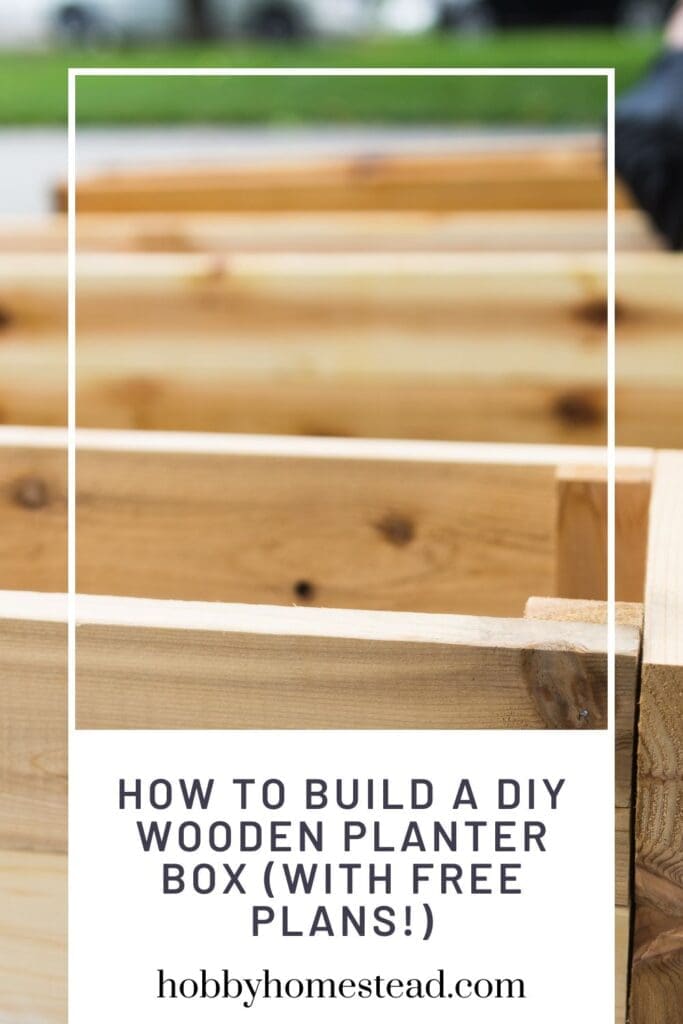
🪴 Why Raised Garden Beds Make a Huge Difference
Unlike in-ground gardens, raised beds warm up faster in spring, offer better control over soil quality, and reduce back strain while gardening. They’re perfect for garden planters in small spaces and can be built from different materials.
But wooden planters made from cedar are long-lasting and weather-resistant—lasting a couple years or more with care.
You’ll also use much soil less than expected, especially if you layer with straw or organic matter before topping with rich compost.
But why buy one when you can easily make your own?
Building a DIY raised garden bed not only saves you money but also allows you to create a design that perfectly suits your needs, space, and aesthetic.
Plus, there’s nothing quite as satisfying as crafting something with your own hands. Whether you’re looking to maximize limited yard space, protect your plants from pests, or simply add some charm to your homestead, this step-by-step guide will walk you through the process of creating a durable and functional planter box.
When we grew our garden in the first year, we did not use a wood planter box. I quickly learned that we should have had at least several of these beds, as they would have helped save my back and made it much easier to plan spacing of our plants.
Read on to understand why planter boxes could make your gardening so much easier.
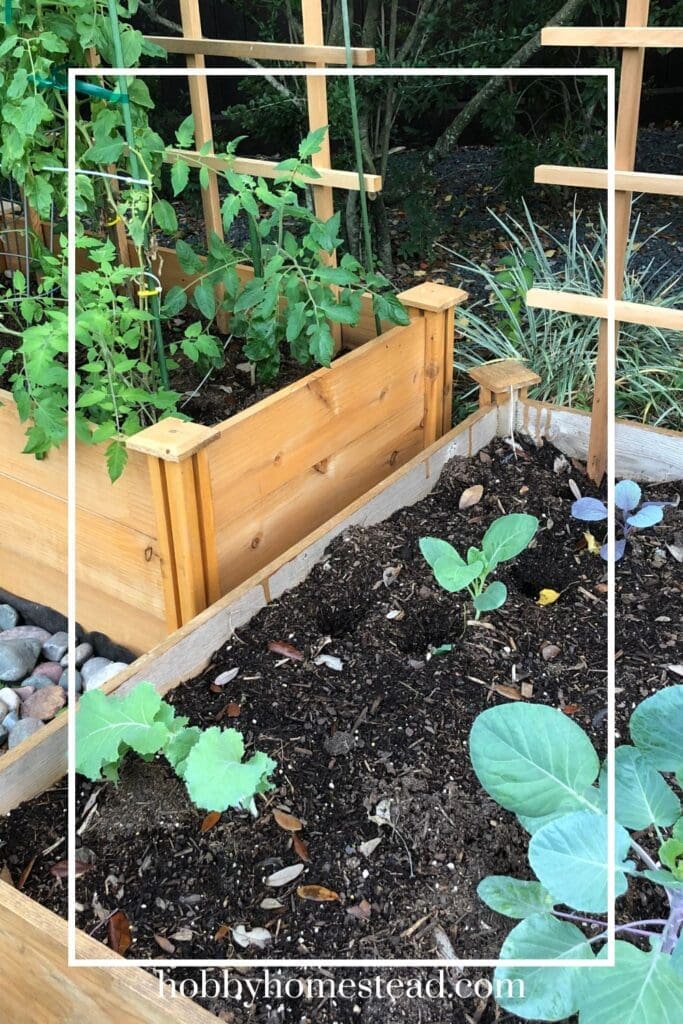
The Benefits of a Planter Box or Raised Garden Bed
Planter boxes and raised garden beds are invaluable tools for anyone looking to maximize their gardening efforts. Whether you’re working with a sprawling homestead or a small backyard. Here’s why they’re such a great addition to your gardening setup:
1. Easy Gardening
One of the biggest perks of planter boxes is how they simplify the gardening process. By elevating your plants, you minimize the need for heavy digging, weeding, and bending over—making gardening less strenuous and more enjoyable. This is especially beneficial for those with physical limitations or for anyone looking to make gardening a relaxing activity rather than a back-breaking chore.
2. Space-Saving
For gardeners with limited space, planter boxes are a game-changer. They allow you to grow a variety of plants in a compact area, making them perfect for patios, balconies, and small yards. Plus, you can stack, tier, or align multiple planter boxes to maximize vertical and horizontal space, creating a thriving garden even in tight quarters.
3. Improved Accessibility
Raised beds bring your plants closer to you, making them easier to tend and harvest. This is particularly advantageous for elderly gardeners, those with mobility challenges, or anyone who wants to avoid unnecessary strain. Additionally, you can customize the height of your planter box to suit your specific needs, making it a truly accessible gardening solution.
4. Better Soil Control
Planter boxes give you full control over the soil you use, ensuring optimal growing conditions for your plants. Whether your yard has poor soil quality, heavy clay, or drainage issues, a raised garden bed lets you bypass these challenges by filling it with nutrient-rich, well-draining soil tailored to your crops’ needs.
5. Pest and Weed Management
A raised bed creates a natural barrier against certain pests like slugs and rabbits. You can further protect your plants by adding covers or netting. Weeds are also less of a problem, as you start with clean soil and can easily spot and remove any unwelcome intruders before they spread.
6. Extended Growing Season
Planter boxes warm up faster in the spring than ground-level soil, giving you a head start on the growing season. Additionally, they drain better in wet conditions, helping your plants thrive in a wider range of weather.
7. Versatility and Aesthetic Appeal
Planter boxes are as functional as they are attractive. They can be tailored to match your outdoor decor, adding a touch of charm to your garden or patio. With endless customization options, you can design your planter boxes to fit your space and style perfectly.
What is the best size for a planter box or raised garden bed?
The ideal size for a planter box or raised garden bed depends on your available space, the types of plants you want to grow, and your accessibility needs.
A common recommendation is a width of 3-4 feet, which allows you to easily reach the center from either side without stepping into the soil.
For length, 6-8 feet is manageable for most home gardeners, though you can adjust based on your space and crop requirements.
The depth should be at least 12-18 inches to accommodate root growth for most vegetables, herbs, and flowers.
While deeper beds (up to 24 inches) are ideal for plants with extensive root systems like carrots or tomatoes. Customizing the height—especially raising it to waist level—can make gardening more accessible and ergonomic, reducing strain on your back and knees.
What are the best materials for building an outdoor planter box or garden bed?
There are many options for materials to build a planter box. When building an outdoor planter box or garden bed, choosing the right materials ensures durability, functionality, and safety for your plants. You must also consider:
- Your local climate and exposure to elements
- If the material is safe for edible plants (non-toxic and food-safe)
- Maintenance requirements
- Your budget
- Aesthetics
- Functionality
While many options such as metal and synthetic materials exist, in terms of doing it yourself, we have found the easiest option to be wood for planter boxes. Here is a breakdown of which wood choices would work best for you and your budget.
- Cedar and Redwood. These are excellent choices due to their natural resistance to rot and insects. While more expensive, they’re highly durable and can last for years without chemical treatments.
- Pine or Fir. Less expensive than cedar or redwood, these woods are good for budget-friendly options but may require a protective sealant to prevent decay.
- Pressure-Treated Wood. Modern pressure-treated wood is safer than older versions, but make sure it’s rated for gardening to avoid harmful chemicals leaching into the soil.
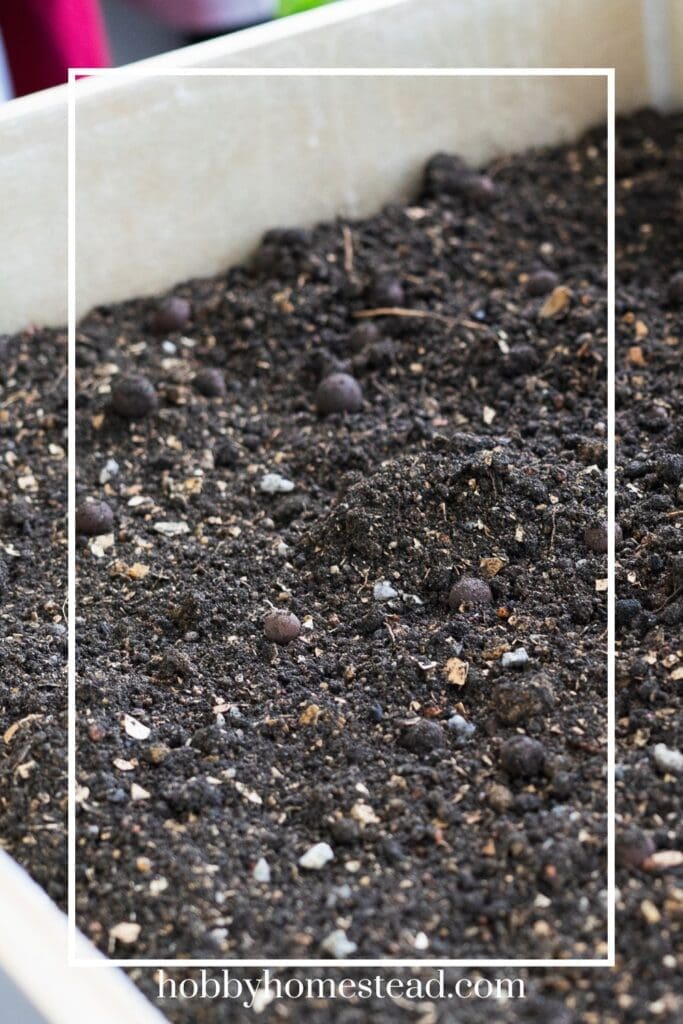
Should you use treated wood for planter boxes?
In short, no, it’s not recommended to use treated wood as it can contain chemicals that could leach into your soil and your plants. Use other wood options or chemical free pressure-treated wood.
💡 Extra Tips for Success
- Add simple irrigation systems or a soaker hose to save time watering.
- Use paint pens to label your herbs or plants along the top edges.
- Choose the right length boards for your space—you can scale this design up or down.
- Consider container garden setups on patios or balconies if you don’t have a yard.
How to build a planter box or raised garden bed Step-by-Step
As an Amazon Associate I earn from qualifying purchases.
Equipment
Materials
- 9 pieces of 1 in. x 6 in. x 8 ft. Cedar lumber
- 2 pieces of 2 in. x 2 in. x 8 ft. Cedar lumber
- 36 coated deck screws
Instructions
Step-by-Step Instructions:
Prepare Materials:
- Cut 3 of the 8 ft. cedar boards in half, resulting in six 4 ft. boards.9 pieces of 1 in. x 6 in. x 8 ft. Cedar lumber
- From the 2 in. x 2 in. cedar lumber, cut six 17 to 18 inch segments for bracing and framing. Adjust if needed based on your board widths.2 pieces of 2 in. x 2 in. x 8 ft. Cedar lumber
Build the Long Sides:
- Begin with one end of the 4 ft. cedar boards. Secure 3 of these boards horizontally onto one set of the 2 in. x 2 in. frame pieces using 6 deck screws per board.36 coated deck screws
- Move to the opposite end and repeat the process with another set of 4 ft. boards and 2 in. x 2 in. frame sections.
- Find the centers of these two sections and secure the remaining 2 in. x 2 in. frame pieces to each center.
- Finally, secure the remaining 4 ft. boards at each end.
Assemble the Short Ends:
- Repeat the same process for the shorter sides of the planter box using the remaining 4 ft. boards and 2 in. x 2 in. frame pieces.
Finish and Secure:
- Ensure all boards are securely fastened with the deck screws.
- Double-check the stability and alignment of the planter box.
Notes
Equipment Recommended
Cutting Tools • Circular saw – for cutting cedar boards to length • Miter saw – for precise angle or end cuts (optional but helpful) Fastening Tools • Power drill/driver – for drilling pilot holes and driving screws • Drill bits – for creating pilot holes and drainage holes Measuring & Marking • Tape measure – to measure the exact size of each piece • Speed square or carpenter’s square – to ensure corners are square • Pencil or chalk – for marking cuts • Paint pens (optional) – for labeling or decorating your finished box Assembly Supplies • Deck screws – 2-inch coated screws are ideal for outdoor use • Clamp set (optional) – to hold pieces in place during assembly • Protective gear – safety glasses, ear protection, and glovesDownload our Free Planter Box Plans Below!
See us making our Raised Bed.🌱 Ready to Build?
Making your own planter is a fun and rewarding way to start gardening. This raised planter box is simple to build, doesn’t require advanced tools, and can make a huge difference in how you grow food and flowers at home.
Download our full how-to guide with photos and measurements and get started today. Whether you’re growing a kitchen garden, experimenting with a few herbs, or creating multiple garden beds, this wooden planter box is the perfect beginner project.
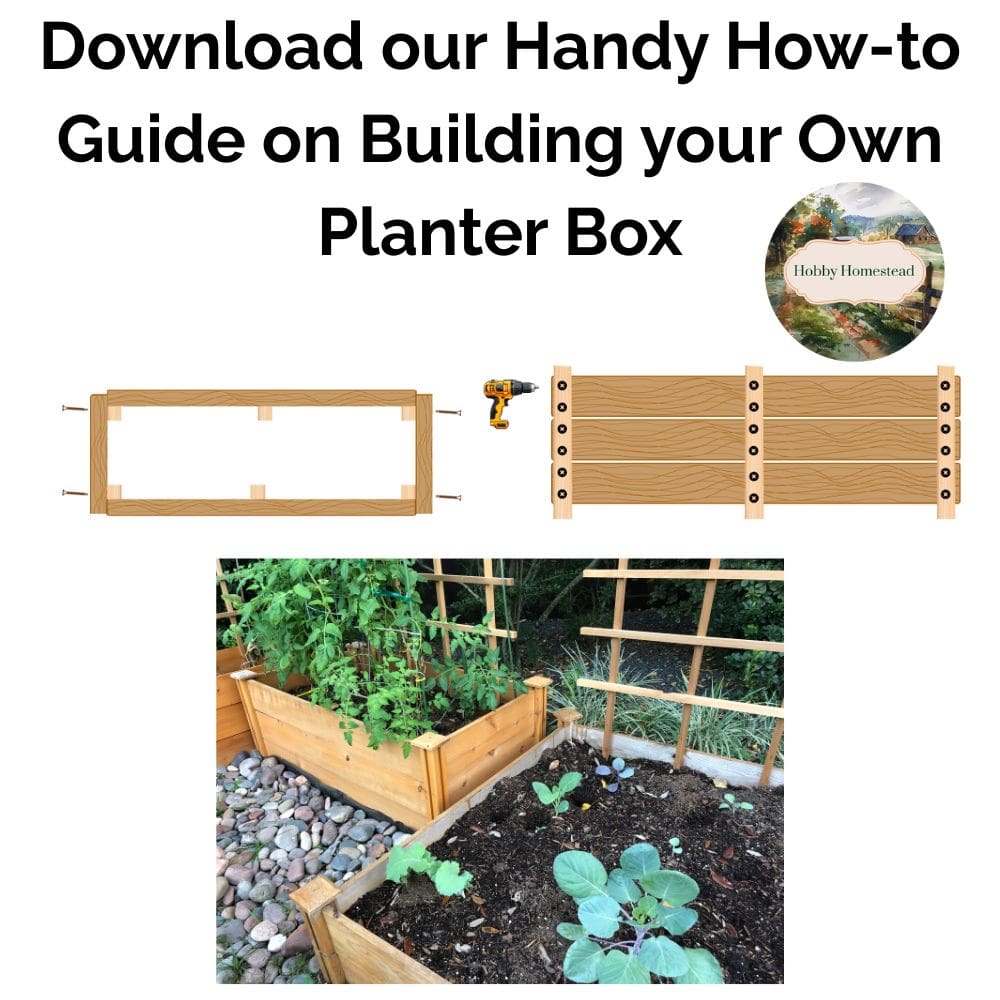



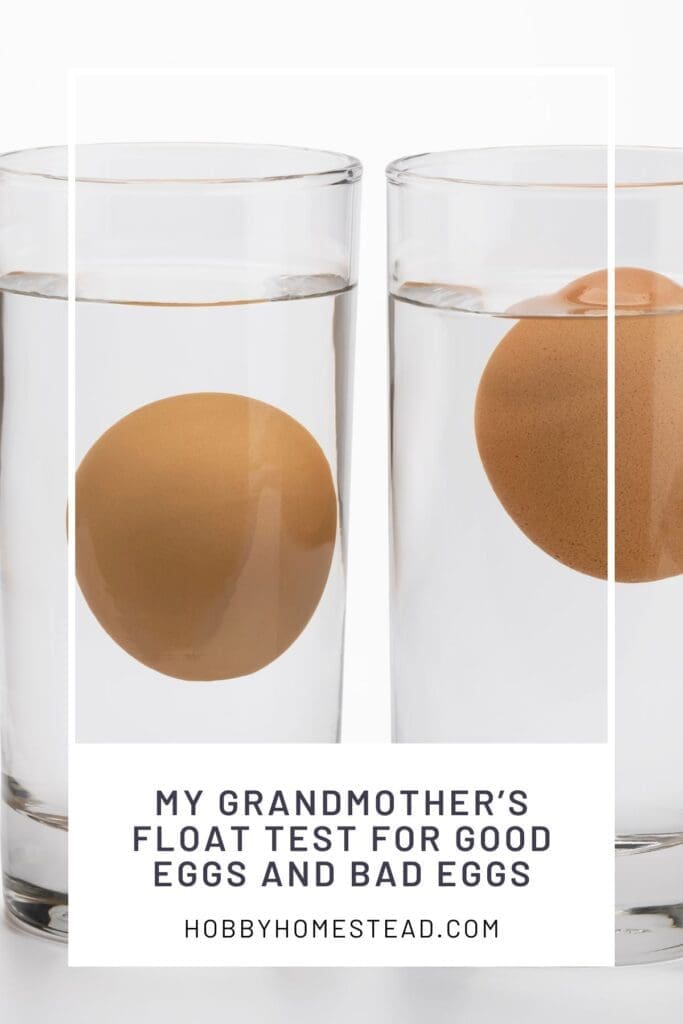
Thanks for this information.